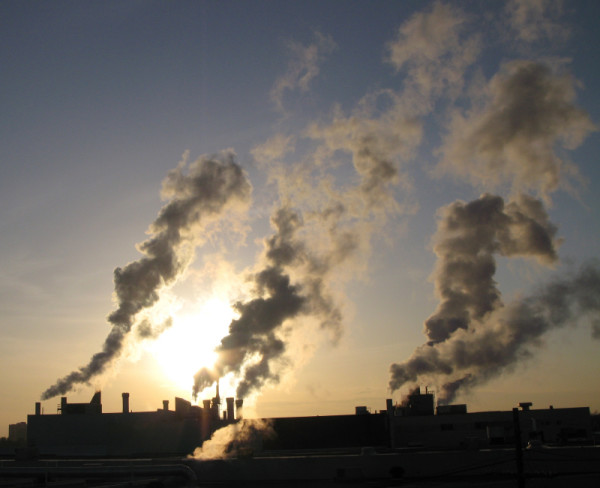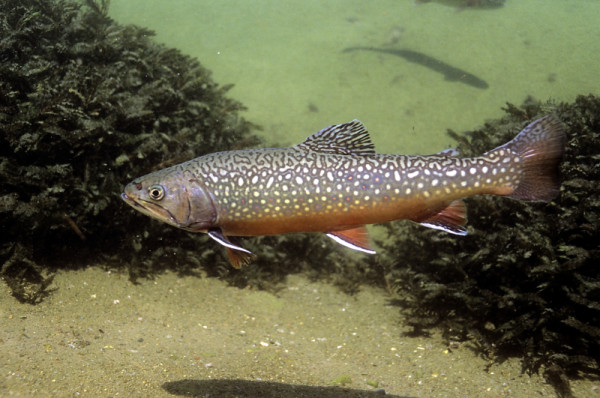If climate change is a shark, water is its teeth. Here’s why.
For Canada Water Week, March 21 to 27, explore freshwater issues at the heart of WWF-Canada’s work.
“If climate change is a shark, then water is its teeth.”
— James P. Bruce
Like a fish that doesn’t notice the shark until it feels its sharp bite, humans will first feel the effects of climate change through water.
Freshwater ecosystems are among the most vulnerable to the effects of climate change, according to the Intergovernmental Panel on Climate Change.
Under current projections, most freshwater ecosystems globally will face ecologically significant impacts by the middle of this century.
In Canada, we’re already seeing the impacts of climate change on the country’s freshwater. WWF’s Watershed Reports looked at recent changes in temperature and precipitation relative to historical norms and found that the current threat from climate change is “moderate” to “high” in nine of the 11 watersheds that have been fully assessed to date.
WWF-Canada addresses this threat by transforming how communities manage water. Across the country we are working with organizations through our Loblaw Water Fund to restore degraded watersheds and mitigate the threats that they face. In New Brunswick, we’re working with municipalities to implement climate resilience and adaptation initiatives. And in iconic regions like the St. Lawrence and British Columbia, we are working to set in place the rules needed to protect our freshwater ecosystems in a changing climate.
To get a clearer picture of how climate change and freshwater are connected, we don’t need to look far. Two of the costliest weather events in Canadian history – the Calgary and Toronto floods of 2013 – occurred less than a month apart and cost several billions of dollars in damages.
Drought is also becoming a growing concern. Last summer’s heat wave and extreme drought conditions in British Columbia not only had a significant negative impact on salmon populations, but also resulted in increased water use restrictions for people.
In some places, warmer temperatures are expected to produce a shift in the composition and distribution of ecosystems. There has already been a significant decline in cold-water fish populations in the Great Lakes, and it is projected that future warming will create more habitats suited to warm-water fish at the cost of cold-water species. Warmer winters in the Great Lakes watershed, as seen this year with the minimal ice coverage, can also have detrimental impacts on fish populations. Additionally, during the summer, warmer temperatures can increase the spread of harmful algal blooms. In recent years, Lake Erie has experienced its worst algal blooms ever – even worse than when the lake was described as dead in the 1970s.
The impacts of climate change on freshwater ecosystems will continue to manifest in countless ways. Moving forward, protecting water for nature and people – for resilient ecosystems and resilient economies – will require that society plan for a new “normal.” We cannot assume that the same quantity and quality of water that we have relied upon historically to grow our cities and industries will be there in the future. To be a climate leader in the 21st century will require governments, companies, and other key actors to take an active stance in building water resilient societies.



